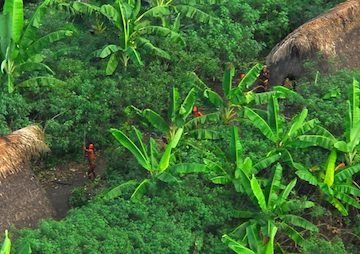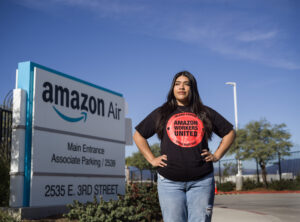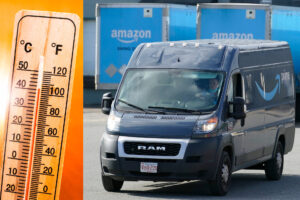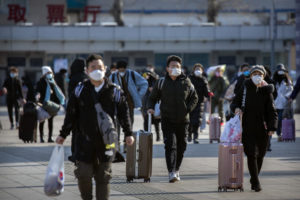Tribal Lands Are Vital for Amazon Forest Carbon Sink
As land rights of indigenous peoples are increasingly being violated, new research shows that destruction of the Amazon rainforest is a major threat not only to cultural identity but also to the global climate.
By Tim Radford, Climate News Network
Indigenous tribes live in harmony with the Amazon rainforest, but their precious land is increasingly under threat. Photo by Gleilson Miranda/Governo do Acre via Wikimedia Commons
This Creative Commons licensed piece first appeared at Climate News Network.
LONDON — Scientists in the US and Latin America have once again confirmed the importance of the Amazon rainforest as a planetary resource and as a carbon sink to store carbon drawn down from the atmosphere. Sadly, they have also confirmed, once again, that it is at risk.
New research, released in time for the UN climate change conference being held in Lima, Peru, shows that 55% of the Amazon’s carbon is in the indigenous territories that are home to the regions’s 385 tribal peoples, or in formally-designated protected natural areas.
The forests are critical to the stability of the global climate, but also to the cultural identity of the forest dwellers of the region and the extraordinarily diverse ecosystems they inhabit.
Carbon-rich forests
“The territories of the Amazonian indigenous peoples store almost a third of the region’s above-ground carbon on just under a third of the land area,” said Wayne Walker, an ecologist and remote sensing specialist at the Woods Hole Research Centre, US, and lead author of a paper published in the journal Carbon Management.
“This is more forest carbon than is contained in some of the most carbon-rich tropical forests, including Indonesia and the Democratic Republic of the Congo.”
The authors also found that nearly 20% of tropical forests across the Amazon are threatened by legal and illegal logging, new roads, dams and the growth of agriculture, mining and the petroleum industries, at least in part because governments had failed to either recognise or enforce the land rights of indigenous peoples.
“Indigenous territories and protected areas are increasingly at risk, with potentially disastrous consequences”
The Amazon forest under study is a mosaic of 2,344 indigenous territories and 610 protected areas spread across nine nations. In terms of biological, cultural and linguistic diversity, these areas are exceptional.
They are also the cornerstone of conservation efforts. In this century alone, 253,000 square kilometres of Amazon rainforest — an area bigger than the UK — has been lost for a mix of reasons. And land rights of the indigenous peoples are also under attack, with more than half by area at risk.
But a loss to the Amazon peoples would also be a loss to the planet. The Amazon rainforest is a unique resource in biodiversity and is also a carbon sink of global importance. Every tree is a reservoir of atmospheric carbon. Every felled tree or patch of burned forest is so much carbon dioxide back in the atmosphere, to fuel global warming.
Secure landscapes
The scientists warn that the carbon stored in these supposedly secure landscapes is enough to destabilise the planet’s atmosphere — or contribute to its stability.
“If all the current plans for economic development in the Amazon are actually implemented, the region would become a giant savanna, with islands of forest,” said one of the authors, Beto Ricardo, of Brazil’s SocioEnvironmental Institute (Instituto Socioambiental).
“A vast proportion of indigenous territories and protected areas are increasingly at risk, with potentially disastrous consequences, including 40% of indigenous territories, 30% of protected areas, and 24% of the area that pertains to both.”
Your support matters…Independent journalism is under threat and overshadowed by heavily funded mainstream media.
You can help level the playing field. Become a member.
Your tax-deductible contribution keeps us digging beneath the headlines to give you thought-provoking, investigative reporting and analysis that unearths what's really happening- without compromise.
Give today to support our courageous, independent journalists.






You need to be a supporter to comment.
There are currently no responses to this article.
Be the first to respond.